The garden slug, often dismissed as a simple pest, faces an invisible threat that could reshape its existence. Unlike their shelled cousins, slugs lack the physical armor to protect themselves from environmental hazards. Among these, salt poses a particularly lethal danger. A sprinkle of table salt on a slug’s body triggers a gruesome reaction, one that reveals the fragility of their biology and the harsh realities of their survival.
The Science Behind the Melt
When salt comes into contact with a slug’s moist skin, it sets off a catastrophic chain of events. Slugs rely on a delicate balance of water and mucus to move, breathe, and maintain bodily functions. Their skin is highly permeable, allowing them to absorb moisture from their surroundings. Salt, however, disrupts this equilibrium through osmosis. The high concentration of salt outside the slug’s body draws water out of its cells, causing rapid dehydration. The slug’s mucus production goes into overdrive in a futile attempt to counteract the desiccation, resulting in the infamous "melting" effect—a grotesque puddle of slime and tissue.
This reaction isn’t just a curiosity; it’s a matter of life and death. Without a shell to retreat into, slugs have no defense against salt’s corrosive influence. Gardeners have long exploited this weakness, using salt as a cheap and cruel method of pest control. But the broader implications extend beyond backyard battles. As human activity alters soil composition and climate change increases salinity in certain regions, slugs may face unprecedented challenges in their natural habitats.
Salt in the Wild: A Growing Threat
While table salt is an obvious hazard, natural salt deposits and human-induced soil salinity also endanger slug populations. Coastal areas, where salt spray from the ocean can infiltrate the soil, create hostile environments for slugs. Agricultural practices, such as excessive fertilizer use, contribute to rising salt levels in farmland. Even road salt, spread during winter months, can leach into nearby soil and vegetation, creating deadly zones for slugs and other moisture-dependent creatures.
Researchers have observed shifts in slug distribution correlated with increasing soil salinity. Species that once thrived in certain regions are now retreating to less saline areas, disrupting local ecosystems. Slugs play a critical role in decomposition and nutrient cycling, so their decline could have cascading effects on plant life and soil health. The irony is stark: a creature so reviled by gardeners may be essential to the very environments humans seek to cultivate.
Adaptation or Extinction?
Some scientists speculate that slugs might eventually adapt to higher salinity levels, but evidence is scarce. Evolution works on long timescales, and the current pace of environmental change may outstrip the slugs’ ability to adjust. A few studies suggest that certain slug species exhibit slight variations in salt tolerance, but these differences are marginal at best. Without significant genetic mutations or behavioral shifts, the future for many slug species looks bleak.
Conservationists rarely champion the cause of slugs, but their plight underscores a larger issue: the unintended consequences of human activity on even the most resilient organisms. If something as simple as salt can devastate an entire group of animals, what does that say about our understanding of ecological balance? The slug’s struggle is a microcosm of broader environmental crises—ones that demand attention before it’s too late.
Beyond the Garden: Ethical Considerations
The use of salt as a slug deterrent raises ethical questions. Is it justifiable to inflict such a painful death on a creature simply because it eats lettuce? Alternative methods, like copper barriers or beer traps, offer less brutal solutions. Yet, the convenience of salt often outweighs moral concerns for many people. This indifference reflects a broader societal tendency to disregard the suffering of organisms deemed insignificant.
Perhaps the slug’s vulnerability to salt serves as a metaphor for its place in the natural world—unprotected, unappreciated, and ultimately expendable in the eyes of humans. But as we confront the consequences of our actions on the planet, even the smallest creatures demand reconsideration. The next time you reach for the salt shaker, remember the slug’s silent crisis, and ask yourself whether convenience is worth the cost.
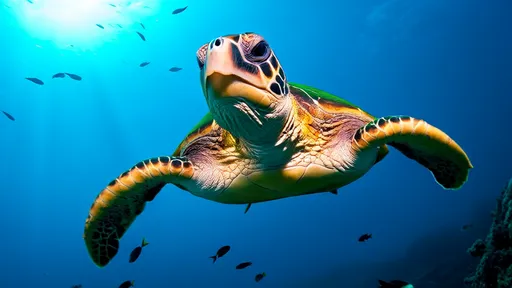
By /Jun 10, 2025
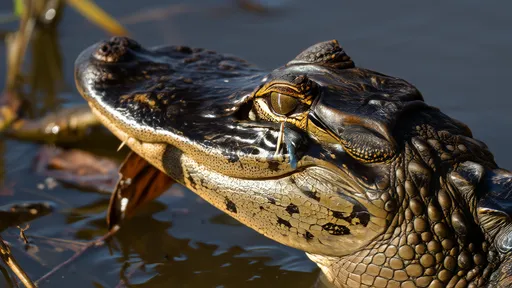
By /Jun 10, 2025
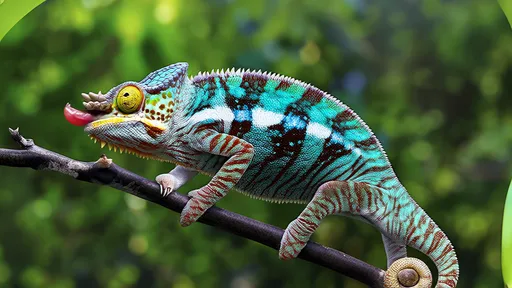
By /Jun 10, 2025
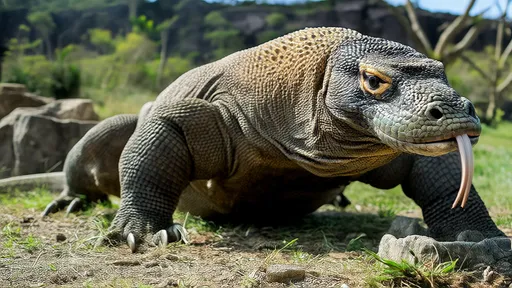
By /Jun 10, 2025
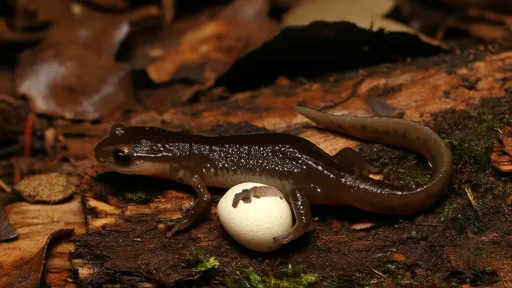
By /Jun 10, 2025
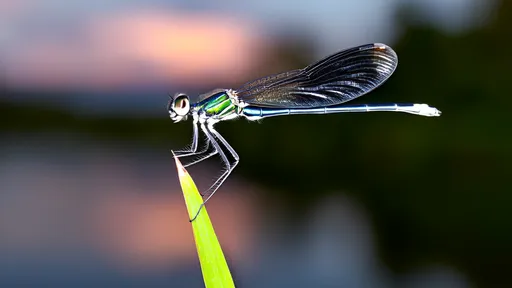
By /Jun 10, 2025
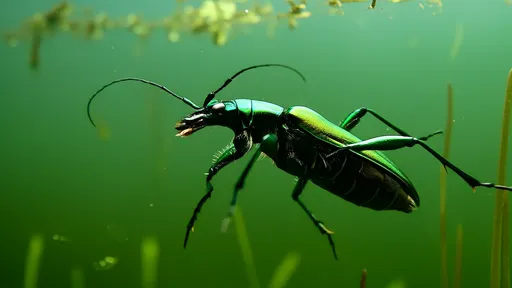
By /Jun 10, 2025
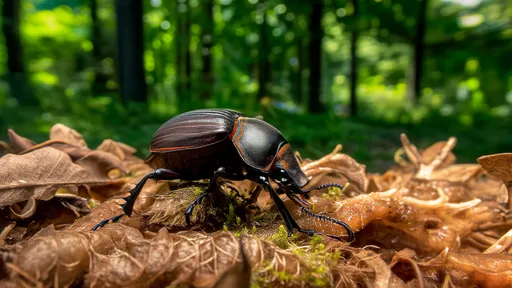
By /Jun 10, 2025
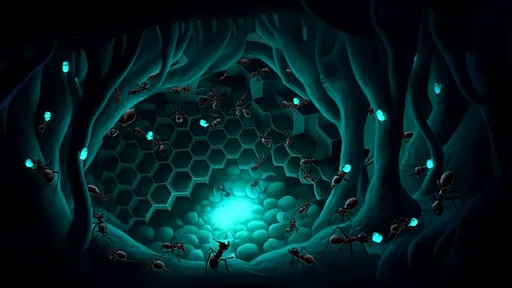
By /Jun 10, 2025
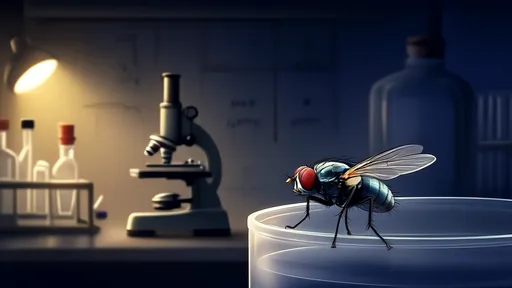
By /Jun 10, 2025
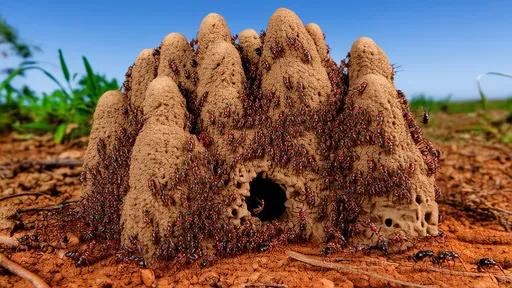
By /Jun 10, 2025
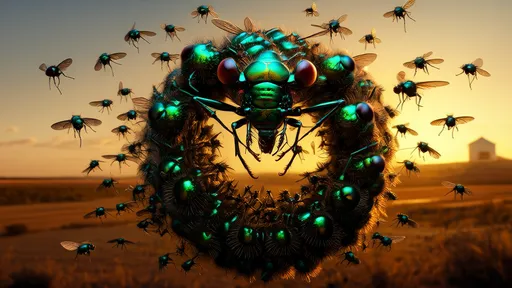
By /Jun 10, 2025
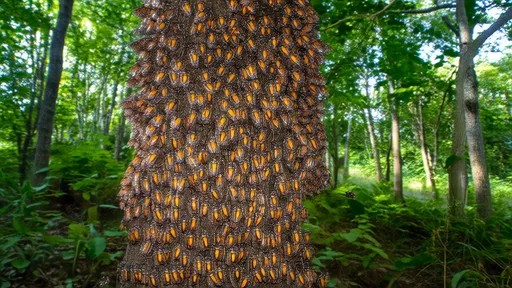
By /Jun 10, 2025
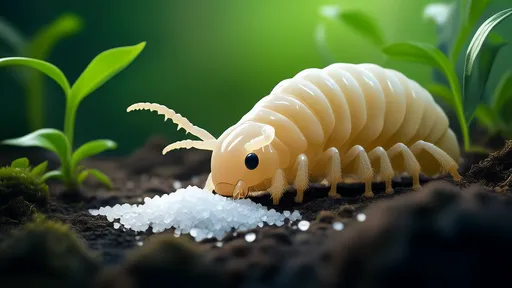
By /Jun 10, 2025
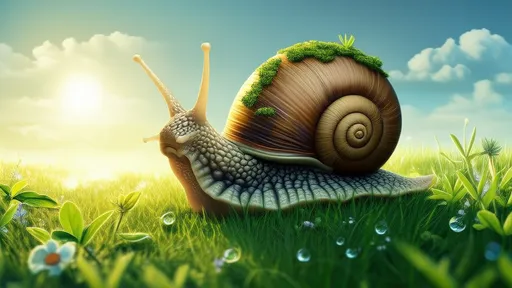
By /Jun 10, 2025
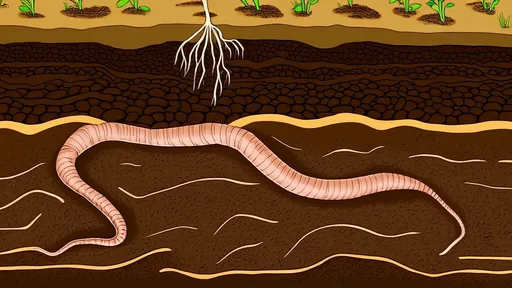
By /Jun 10, 2025
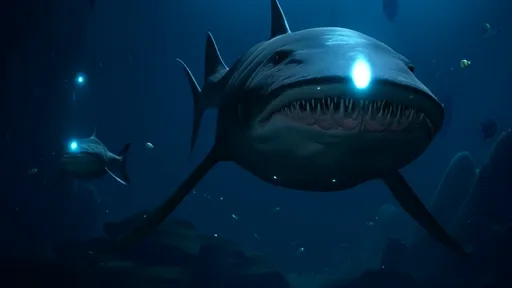
By /Jun 10, 2025